
Odostomia clementina is a species of sea snail, a marine gastropod mollusk in the family Pyramidellidae, the pyrams and their allies.

Odostomia dicella is a species of sea snail, a marine gastropod mollusk in the family Pyramidellidae, the pyrams and their allies.
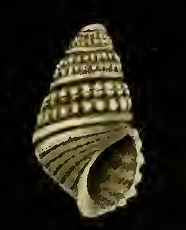
Chrysallida dux is a species of sea snail, a marine gastropod mollusk in the family Pyramidellidae, the pyrams and their allies.
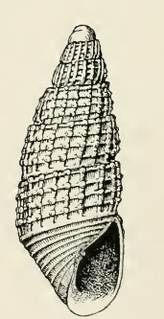
Odostomia excelsa is a species of sea snail, a marine gastropod mollusk in the family Pyramidellidae, the pyrams and their allies.

Besla excolpa is a species of sea snail, a marine gastropod mollusk in the family Pyramidellidae, the pyrams and their allies.

Miralda gemma is a species of sea snail, a marine gastropod mollusk in the family Pyramidellidae, the pyrams and their allies.

Odostomia heterocincta is a species of sea snail, a marine gastropod mollusk in the family Pyramidellidae, the pyrams and their allies.
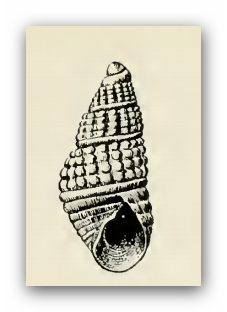
Odostomia promeces is a species of sea snail, a marine gastropod mollusk in the family Pyramidellidae, the pyrams and their allies.

Parthenina meta is a species of sea snail, a marine gastropod mollusk in the family Pyramidellidae, the pyrams and their allies.
Pyrgulina densecostata is a species of very small sea snail, a pyramidellid gastropod micromollusk. This genus is currently placed in the subfamily Chrysallidinae of the family Pyramidellidae.

Pyrgulina alveata is a species of very small sea snail, a pyramidellid gastropod micromollusk. This genus is currently placed in the subfamily Chrysallidinae of the family Pyramidellidae.

Pyrgulina alveata is a species of very small sea snail, a pyramidellid gastropod micromollusk. This genus is currently placed in the subfamily Chrysallidinae of the family Pyramidellidae.

Odostomia amanda is a species of sea snail, a marine gastropod mollusk in the family Pyramidellidae, the pyrams and their allies.

Odostomia oonisca is a species of sea snail, a marine gastropod mollusk in the family Pyramidellidae, the pyrams and their allies.

Odostomia oldroydi is a species of sea snail, a marine gastropod mollusk in the family Pyramidellidae, the pyrams and their allies.
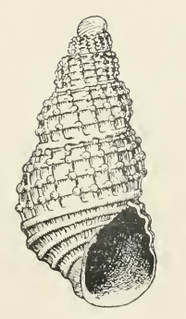
Odostomia lucca is a species of sea snail, a marine gastropod mollusk in the family Pyramidellidae, the pyrams and their allies.

Odostomia sanctorum is a species of sea snail, a marine gastropod mollusk in the family Pyramidellidae, the pyrams and their allies.
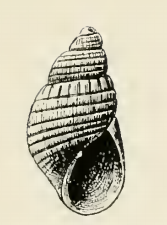
Odostomia sapia is a species of sea snail, a marine gastropod mollusk in the family Pyramidellidae, the pyrams and their allies.

Odostomia trachis is a species of sea snail, a marine gastropod mollusk in the family Pyramidellidae, the pyrams and their allies.

Turbonilla doredona is a species of sea snail, a marine gastropod mollusk in the family Pyramidellidae, the pyrams and their allies.



















